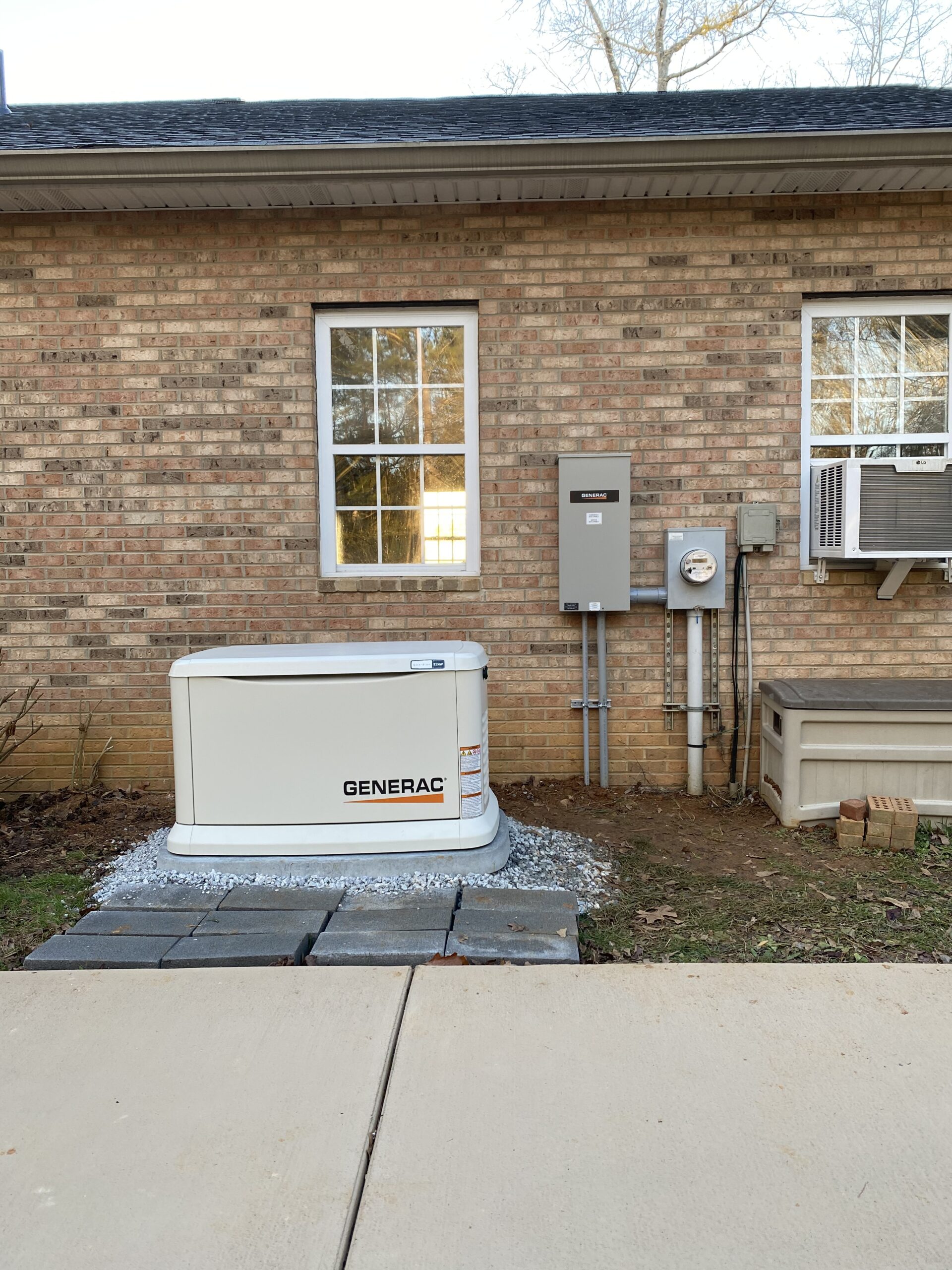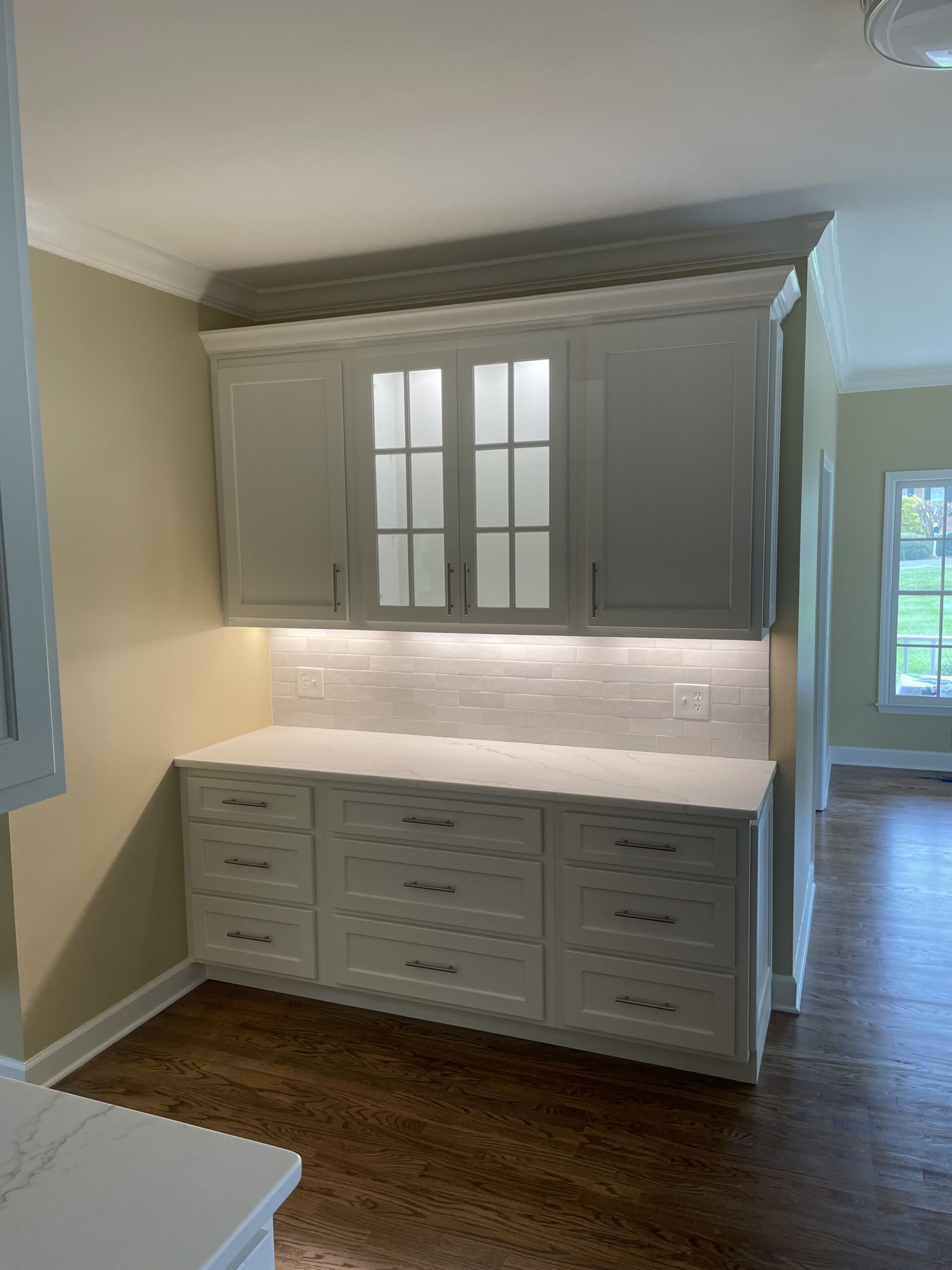Faulty Electrical Outlets
Are you struggling with plug-ins that stop working suddenly? Do you have to deal with tripped circuit breakers frequently?
This article will help you identify the reasons why your electrical outlets go into problem mode on a regular basis.
What causes multiple outlets to stop working? Let’s find out!
An Overloaded Circuit
This is one of the most common reasons for problematic electrical sockets. When the electricity demand from a breaker exceeds its capacity to deliver, it trips and shuts off the power. The solace is that only that area of the house is affected. Tripping is a preventive measure aimed at stopping the development of a potentially dangerous situation.
The Warning Signs
There are a few signs the outlets send out before it trips.
- The lights turn dim or flicker.
- You may hear a crackling/sizzling sound from the outlet.
- There could be a burning smell.
- The outlet turns slightly warm to the touch.
- You may get a shock from the appliances plugged into the outlet.
- The area around where the plug goes into the outlet appears dark and sooty.
How to Fix
This is a simple problem that can be quickly fixed.
- Unplug everything from the outlet.
- Find the main breaker and the switch that’s out of alignment.
- Reset the switch to the “off” position and then return it to the “on” position.
Your power will be instantly restored.
Tripped GFCI Outlet
There are GFCI (Ground-Fault Circuit Interrupter) outlets in the bathroom, kitchen, and laundry room of homes. Building codes demand that these rooms must be fitted with GFCI outlets to ensure safe use of appliances around water sources.
How to Fix It
A GFCI outlet will shut off if there is excessive power rushing through it.
This type of outlet comes with a reset button that pops out if it trips.
- Remove all the plugs and push the reset button. This should resolve the problem.
- If the GFCI won’t reset, it could be caused by a failed test.
- Perform a test on your GFCI Outlets.
- If the red button is still in and there is no power, give the test button a push.
- If the outlet is still not reset, it indicates a defective GFCI.
If the plug socket does not work after all these steps, there could be issues with the wiring.
Loose Connections
Sockets can stop working because of a loose connection caused by loosened wiring. It is a normal occurrence caused by general wear and use over time.
When you switch on an outlet, the electricity in the wire heats it up and causes a slight expansion. It contracts and cools when switched off. This cycle of heating and cooling results in the loosening of the wiring. In a new house or in recently replaced outlets, a loose connection indicates a wiring job gone wrong.
How to Fix
- Turn off the power supply to the malfunctioning outlets and remove the cover plate to check for loose connections.
- If there are loose or corroded wires, get the entire outlet replaced to prevent future problems.
A steady feed of electricity to non-functional outlets and a defective wiring system can increase the risk of an electrical fire.
A Bad Electrical Outlet
Outlets will stop working if there is burnout. The best solution is to get it replaced quickly. A spark and a black patch where the prongs go into the socket are indicators of a bad electrical outlet.
How to Fix:
Get a new outlet installed by a qualified electrician.
Most instances of electrical fires can be prevented by knowing and recognizing the warning signs of an outlet problem. If you have problems with any outlets in your home, don’t try and fix them on your own. Call us now to get the problem resolved.



